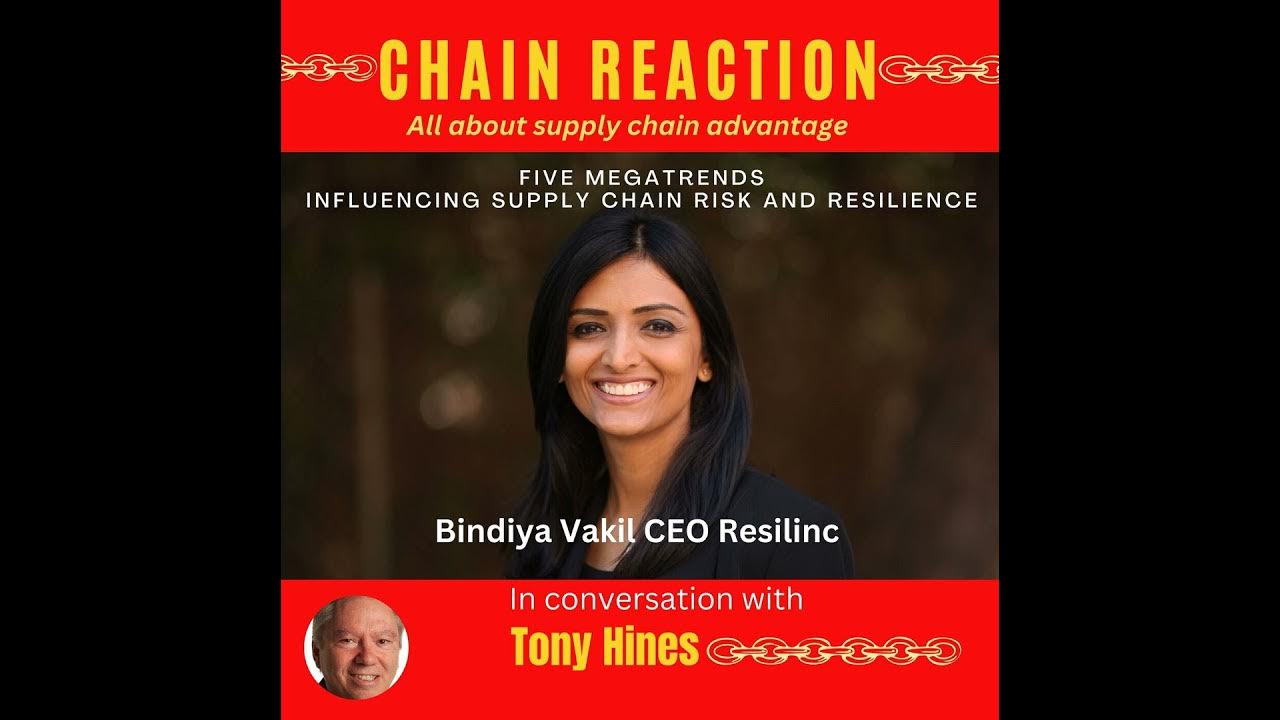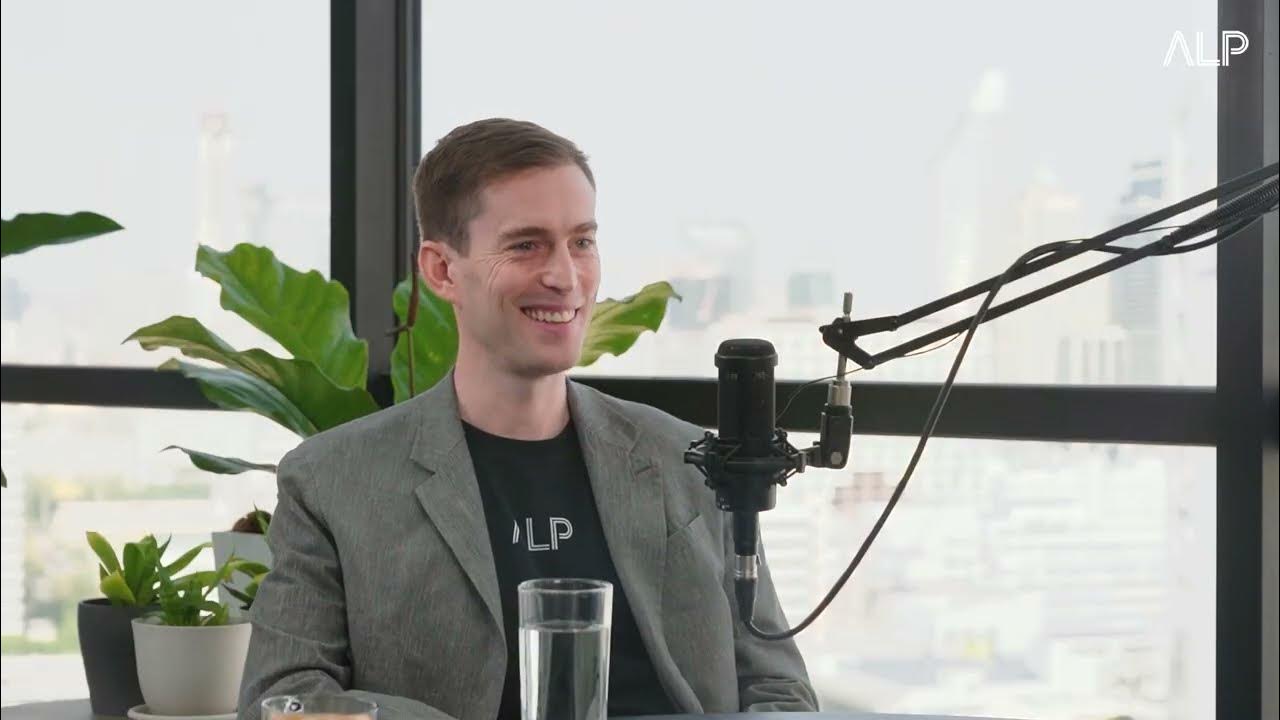Supply Chain Management Trends for 2024 and Beyond
Summary
TLDR在这段对话中,Eric Kimberling,Third Stage Consulting的CEO和Transformation Ground Control播客的主持人,与物流和供应链专家Blythe Broom Leave进行了深入的讨论。他们探讨了2023年供应链管理的趋势,并预测了2024年及未来的发展。Blythe分享了她对供应链行业当前状态的见解,包括消费者支出的变化、库存管理的挑战以及技术在供应链中的应用。特别强调了人工智能(AI)在提高效率、降低成本以及增强决策能力方面的潜力。此外,讨论还涉及了供应链管理中的欺诈预防、货物犯罪问题,以及如何通过技术投资提高透明度和客户满意度。Blythe还为想要进入供应链管理领域的人提供了职业发展建议,强调了从基层做起、了解技术并建立人际关系的重要性。
Takeaways
- 📈 **供应链趋势**:2023年供应链经历了从疫情经济的衰退中恢复,消费者支出从商品转向体验,然后又回到平衡状态,预计2024年将进一步稳定。
- 💡 **技术采用**:人工智能(AI)和机器学习技术在供应链管理中的应用正在增加,帮助处理大量数据并优化决策过程。
- 🚚 **货运行业变化**:货运行业正在从以关系为基础的业务模式转向更注重技术和自动化的模式,但人际关系仍然是业务的核心。
- 🤖 **技术与人文结合**:尽管技术在提高效率方面发挥着重要作用,但供应链管理仍然需要重视人际关系和员工的参与。
- 🌐 **全球视角**:供应链管理的决策需要考虑全球因素,如天气、地缘政治和经济数据,这些因素通过AI技术得到更好的整合和应用。
- 📊 **数据重要性**:良好的数据管理对于AI和机器学习的应用至关重要,它可以帮助提高运输成本效益和整个供应链的效率。
- 👷 **前线员工的适应性**:尽管存在对新技术的担忧和抵触,但一些前线员工正在逐渐接受并利用AI工具来提高生产力。
- 🚧 **职业发展**:供应链管理职业发展中,了解AI和在地面层积累的经验对于进入该行业至关重要,这可以作为进入更高层次管理角色的跳板。
- 📚 **教育与实践**:大学教育可以帮助理解供应链管理的理论,但实际工作经验对于掌握行业知识至关重要。
- 🛠️ **技术投资**:组织在进行技术投资时,需要确保投资能够带来具体的回报,并且与公司内部流程和员工的实际需求相匹配。
- 🔮 **未来规划**:供应链管理者应关注内部流程和员工,通过过程映射和技术投资来规划未来的发展方向,同时保持与客户的定期沟通。
Q & A
2024年及以后的供应链管理趋势是什么?
-2024年及以后的供应链管理趋势包括对人工智能的进一步采用,特别是机器学习技术,以及将这些技术整合进现有的技术栈中。此外,还有专注于特定领域的技术提供商,如司机追踪、卡车停车、海运等,它们将被整合进更大的系统中,以提高效率和降低成本。
消费者债务增加对供应链有何影响?
-消费者债务的增加导致消费者减少支出,这直接影响了供应链中的商品流通。在美国,消费者债务的增加和学生贷款偿还的开始可能会减少假期季节的消费者支出,这对零售商和供应链管理是一个挑战。
供应链管理中AI的作用是什么?
-在供应链管理中,AI的作用是处理大量数据,帮助节省成本,提高运输过程中的效率。AI可以帮助预测天气模式、优化运输路线、减少燃料消耗,并提高整体的物流生产力。
供应链管理中的欺诈和货物犯罪问题如何通过技术解决?
-通过采用跟踪软件和其他保险解决方案,公司可以更好地监控货物,预防欺诈和货物犯罪。这些技术可以帮助提高供应链的透明度和可见性,从而减少风险和潜在损失。
供应链管理中的最佳解决方案是什么?
-最佳解决方案包括集成到ERP系统中的各种技术,这些技术可以提高生产力并减少成本。同时,需要保持人际关系的重要性,因为供应链管理是一个以人为本的业务。技术投资应该与人工决策相结合,以实现最佳效果。
如何开始供应链管理职业生涯?
-开始供应链管理职业生涯的一个好方法是从基层做起,比如成为叉车司机或仓库操作员。此外,可以加入货运经纪公司,了解供应链的各个方面。随着经验的积累,可以将这些知识转化为更高级的职位,如供应链管理经理或AI运营专家。
为什么供应链管理中的技术投资有时会失败?
-供应链管理中的技术投资有时会失败,因为决策者可能没有充分了解实际使用者的需求和操作流程。如果没有与前线工作者沟通,直接强加技术解决方案可能会导致员工抵抗和低投资回报率。
供应链管理中的AI操作角色是什么?
-AI操作角色负责识别和实施AI技术,以提高公司的生产力和利润。这个角色需要对公司的流程有深入的理解,并能够确定AI可以提供最大价值的领域。
供应链管理中的人际关系为什么重要?
-在供应链管理中,人际关系至关重要,因为它们帮助建立客户和供应商之间的信任和合作。技术可以提高效率,但人为因素和关系网络对于业务决策和长期合作同样重要。
供应链管理中的欺诈和货物犯罪如何影响业务?
-欺诈和货物犯罪直接影响供应链的成本和消费者支出。这些犯罪行为增加了运输成本,可能导致商品价格上涨,最终影响消费者的购买力和公司的盈利能力。
为什么供应链管理中的技术解决方案需要与人工决策相结合?
-技术解决方案可以提供数据和效率,但人工决策提供了灵活性和适应性。人工决策可以考虑到技术无法捕捉的复杂情况和细微差别,确保供应链管理能够适应不断变化的市场条件。
Outlines

This section is available to paid users only. Please upgrade to access this part.
Upgrade NowMindmap

This section is available to paid users only. Please upgrade to access this part.
Upgrade NowKeywords

This section is available to paid users only. Please upgrade to access this part.
Upgrade NowHighlights

This section is available to paid users only. Please upgrade to access this part.
Upgrade NowTranscripts

This section is available to paid users only. Please upgrade to access this part.
Upgrade NowBrowse More Related Video

Five Megatrends Influencing Supply Chain Risk And Resilience with Bindiya Vakil

The Critical Role of Supply Chains in Business and Society

ALP Podcast Episode 1: Supply Chain & Logistics Challenges and Opportunities with Carl Hemus

5 Inventory Management Metrics Every Supply Chain Professional Must Master

Navigating the Rocky Supply Chain Landscape

348: How COVID Changed Last Mile Delivery Forever, with SEKO
5.0 / 5 (0 votes)
